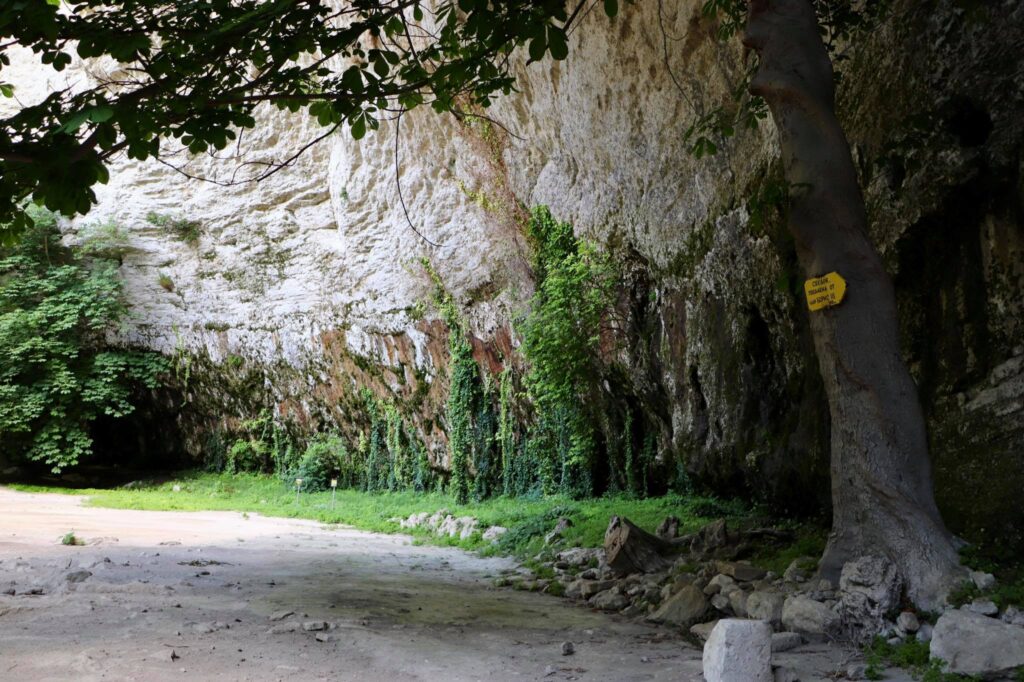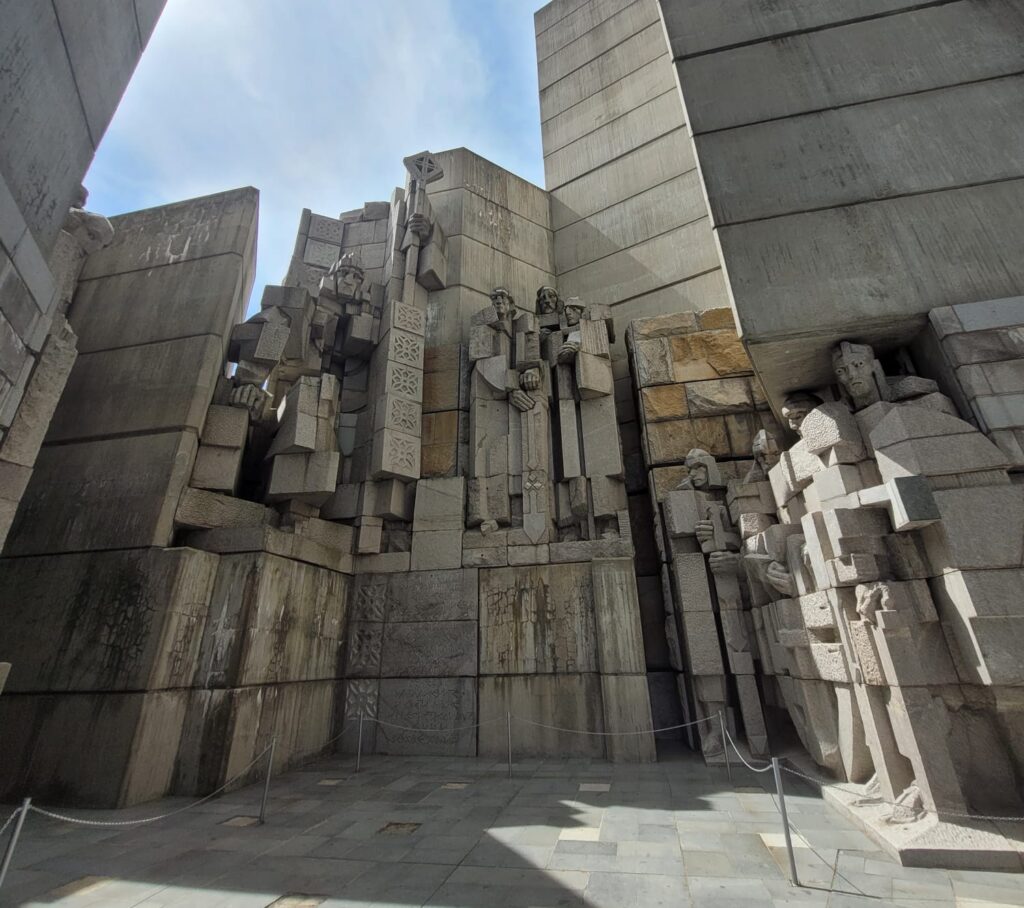
Ancient worlds
Camping in Bulgaria can be a unique and rewarding experience, especially in the Shumen area, which is known for its natural beauty and historical sites. With plenty of forests, hills, and lakes to explore, this region is perfect for outdoor enthusiasts who want to disconnect from the hustle and bustle of city life.
One of the most popular camping spots in Shumen is the Madara Rider, a UNESCO World Heritage Site that dates back to the 8th century. This ancient rock relief depicts a horseman and several other figures and is located on a cliff near the village of Madara. Visitors can hike up to the site and enjoy stunning views of the surrounding landscape.
Another popular destination for camping enthusiasts in Shumen is the Koshu Monastery. This historic site is located in the foothills of the Balkan Mountains and dates back to the 14th century. Visitors can explore the beautiful frescoes and architecture of the monastery and enjoy hiking in the nearby nature reserve.
If you’re looking for a more active camping experience, the Shumen Plateau is a great option. This region is known for its rock formations and offers plenty of opportunities for rock climbing and bouldering. Visitors can also hike the many trails in the area and enjoy breathtaking views of the surrounding countryside.
Other activities
For those who prefer water activities, Lake Shumen is a great spot for camping and fishing. This artificial lake was created in the 1970s and is a popular destination for boating and swimming. Visitors can also explore the nearby wetlands, which are home to a variety of bird species.
One of the best things about camping in the Shumen area is the abundance of natural springs and mineral water sources. Many of these springs are believed to have healing properties and are popular among locals and visitors alike. One such spring is the Orlovo Oko (Eagle’s Eye) spring, which is located near the village of Granitovo. Visitors can enjoy the scenic hike to the spring and fill up their water bottles with the refreshing mineral water.
When it comes to camping in Bulgaria, it’s important to be aware of the local regulations and to practice responsible tourism. Make sure to obtain the necessary permits and follow Leave No Trace principles to minimize your impact on the environment. It’s also important to be respectful of local culture and customs and to support local businesses whenever possible.
In conclusion, camping in the Shumen area of Bulgaria can be a unique and unforgettable experience for outdoor enthusiasts. With its natural beauty, historic sites, and abundance of outdoor activities, this region offers something for everyone. So pack your tent, lace up your hiking boots, and get ready for an adventure you’ll never forget!
References:
- UNESCO World Heritage Centre. (n.d.). Madara Rider. https://whc.unesco.org/en/list/43/
- Bulgarian National Tourist Board. (2022). Koshu Monastery. https://bulgariatravel.org/en/koshu-monastery/
- Bulgarian National Tourist Board. (2022). Shumen Plateau. https://bulgariatravel.org/en/shumen-plateau/
- Bulgarian National Tourist Board. (2022). Lake Shumen. https://bulgariatravel.org/en/lake-shumen/
- Bulgarian National Tourist Board. (2022). Orlovo Oko. https://bulgariatravel.org/en/orlovo-oko/


